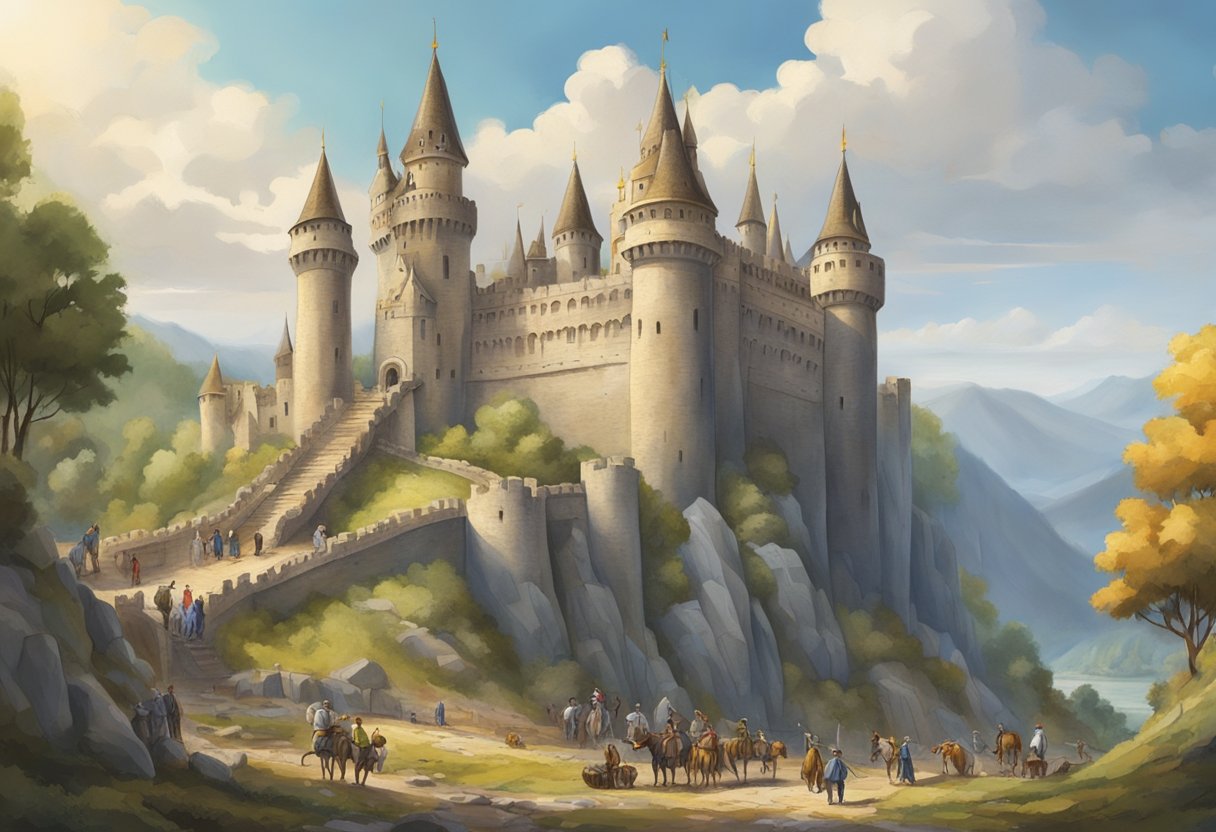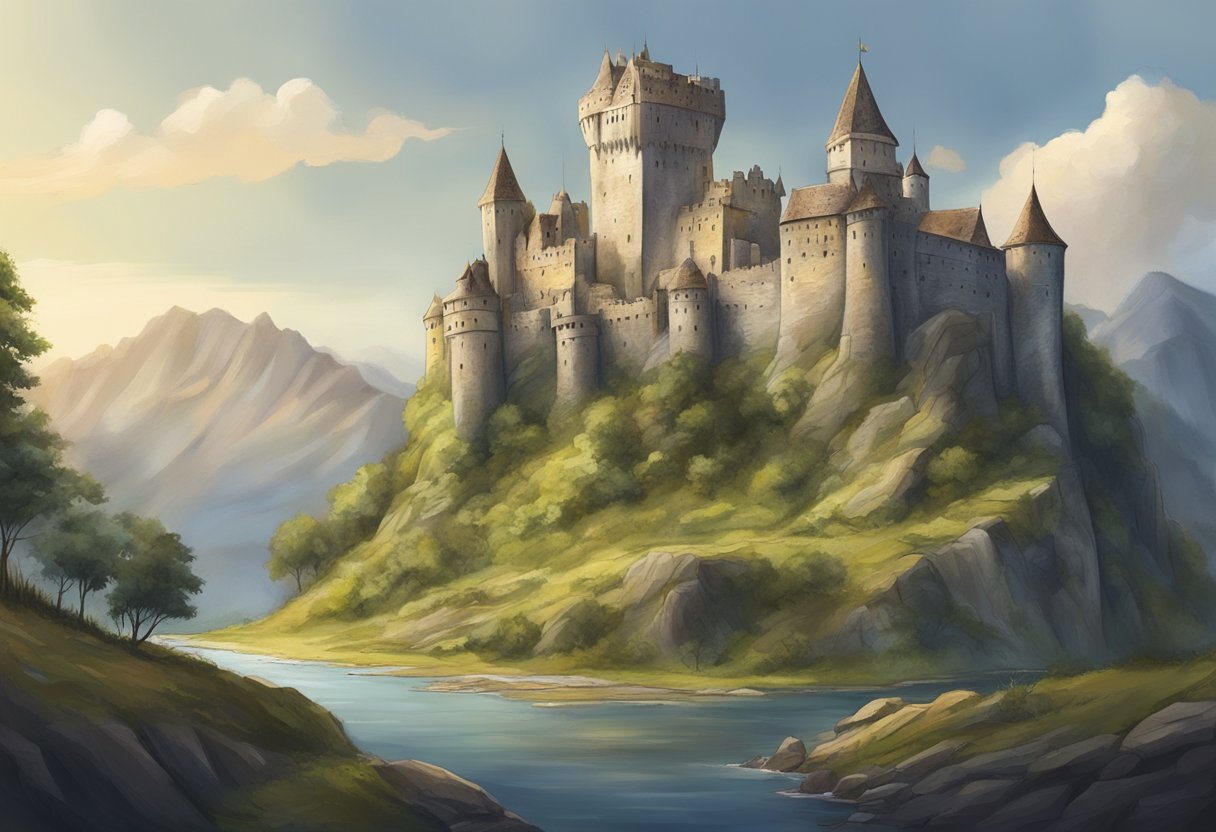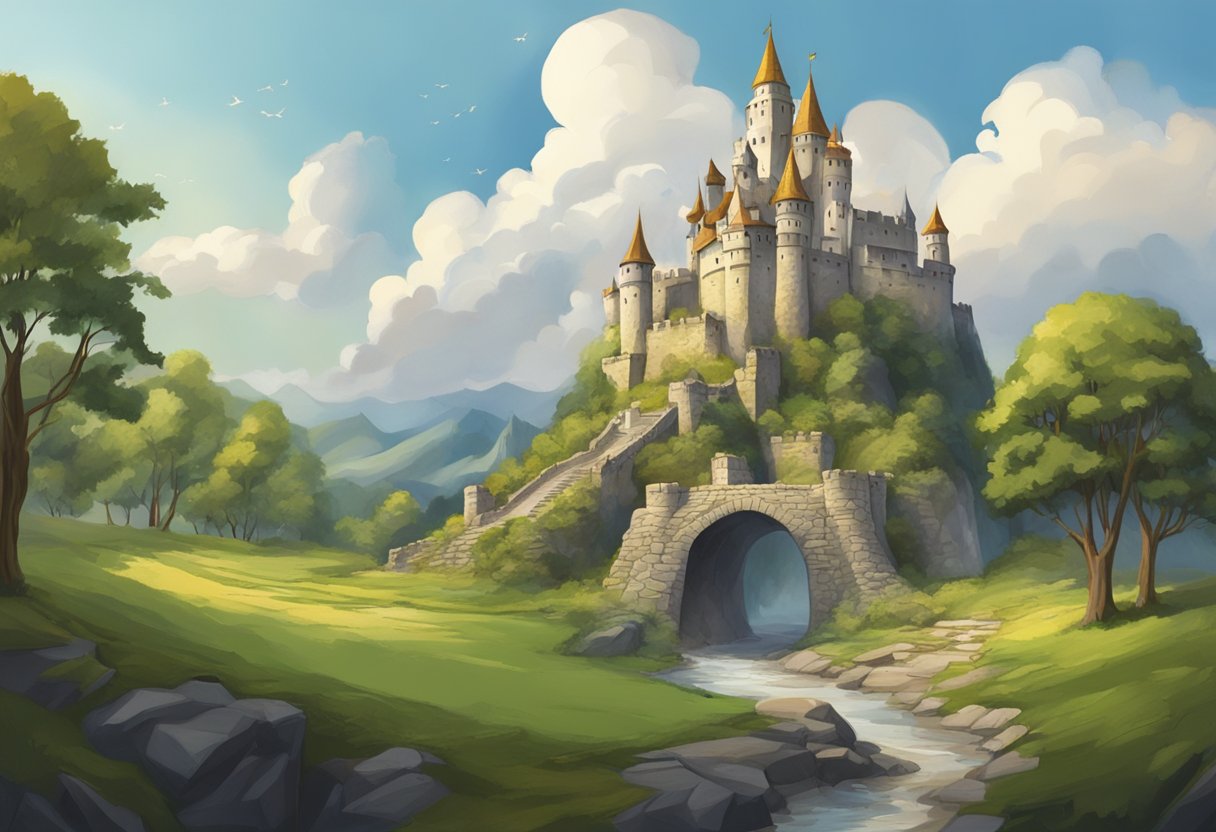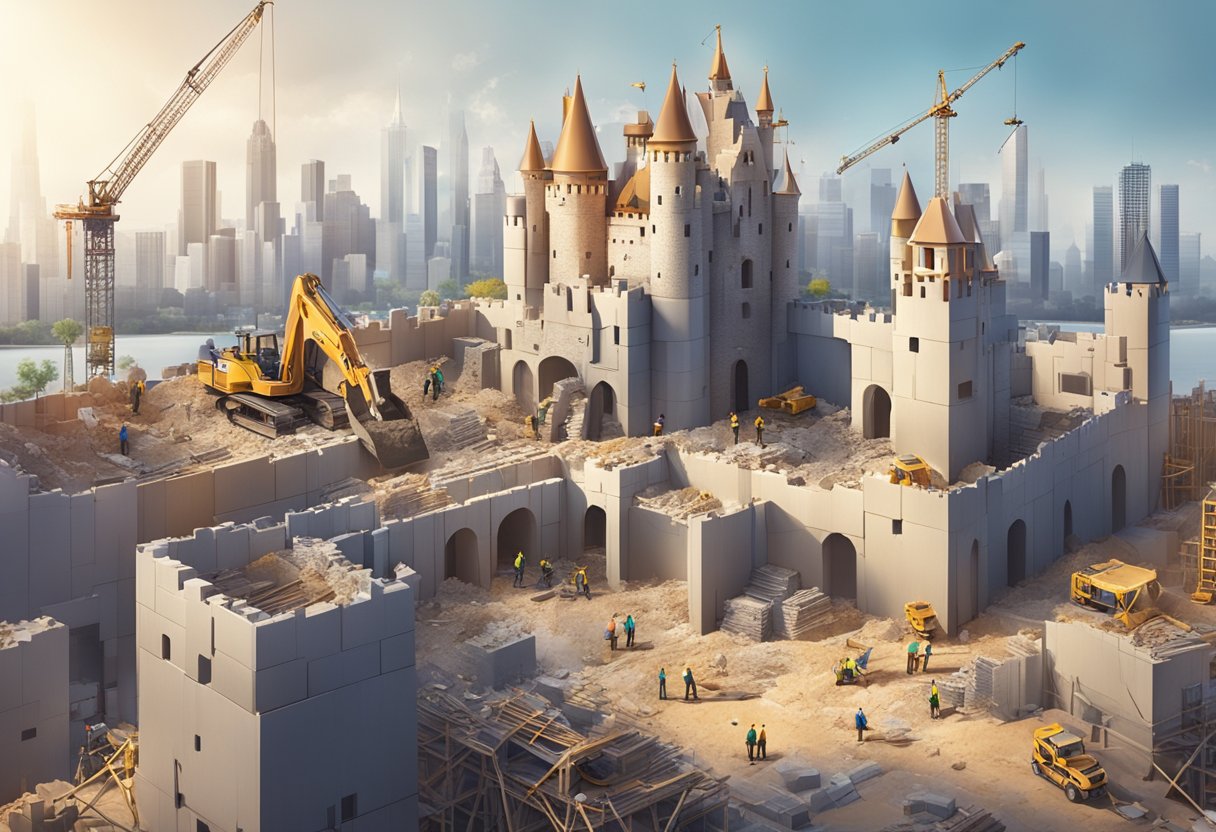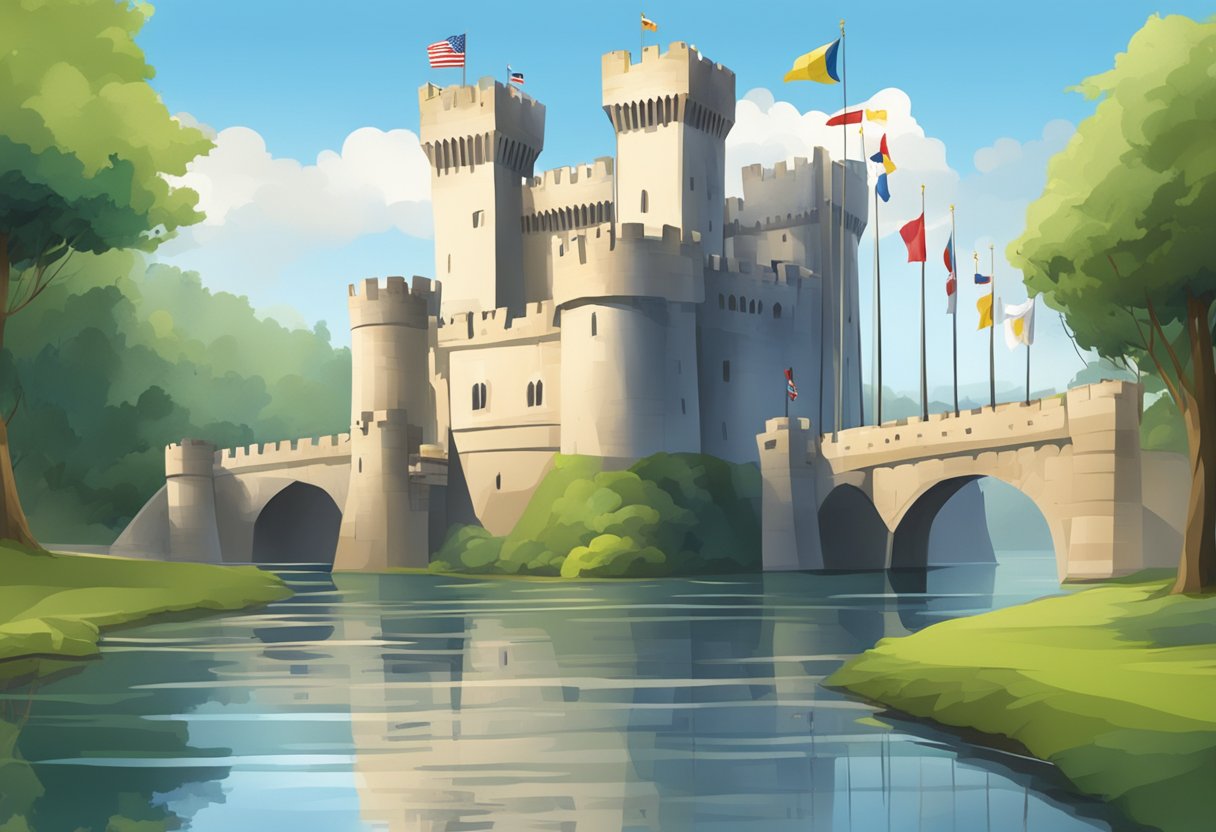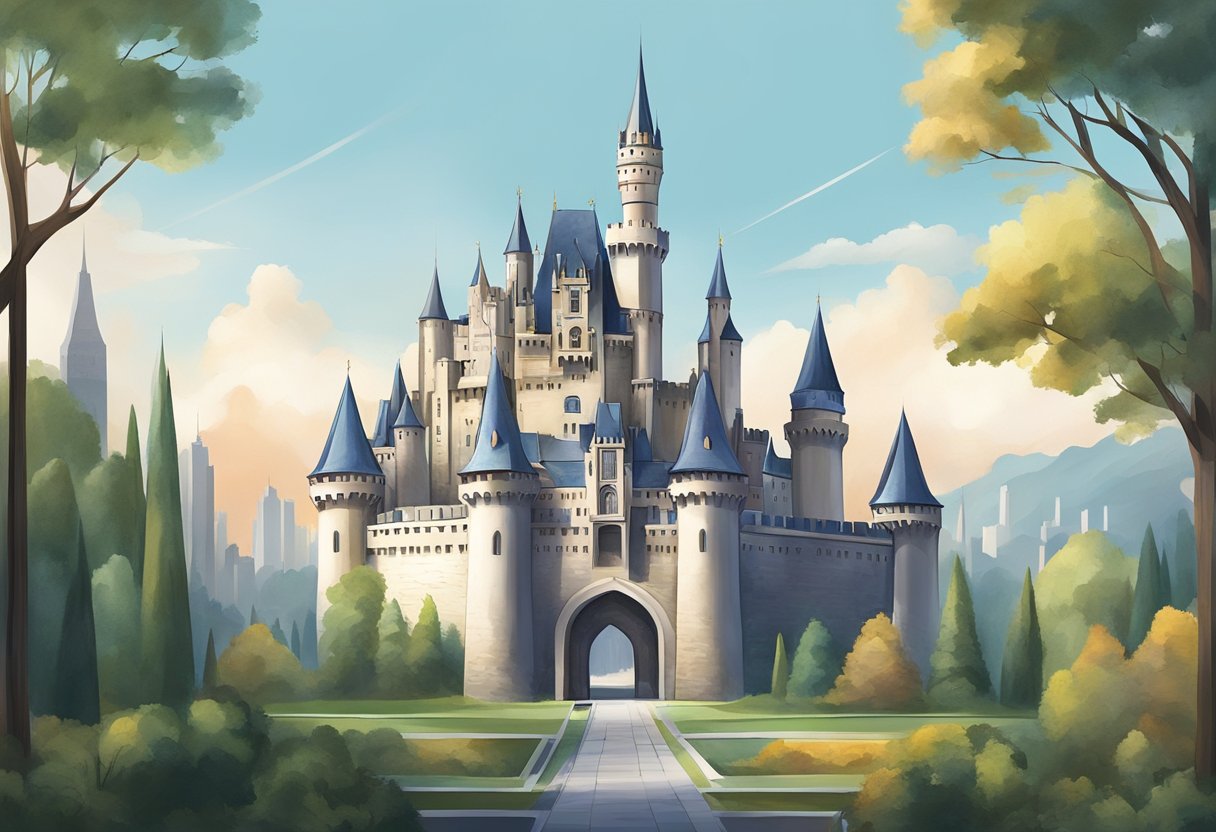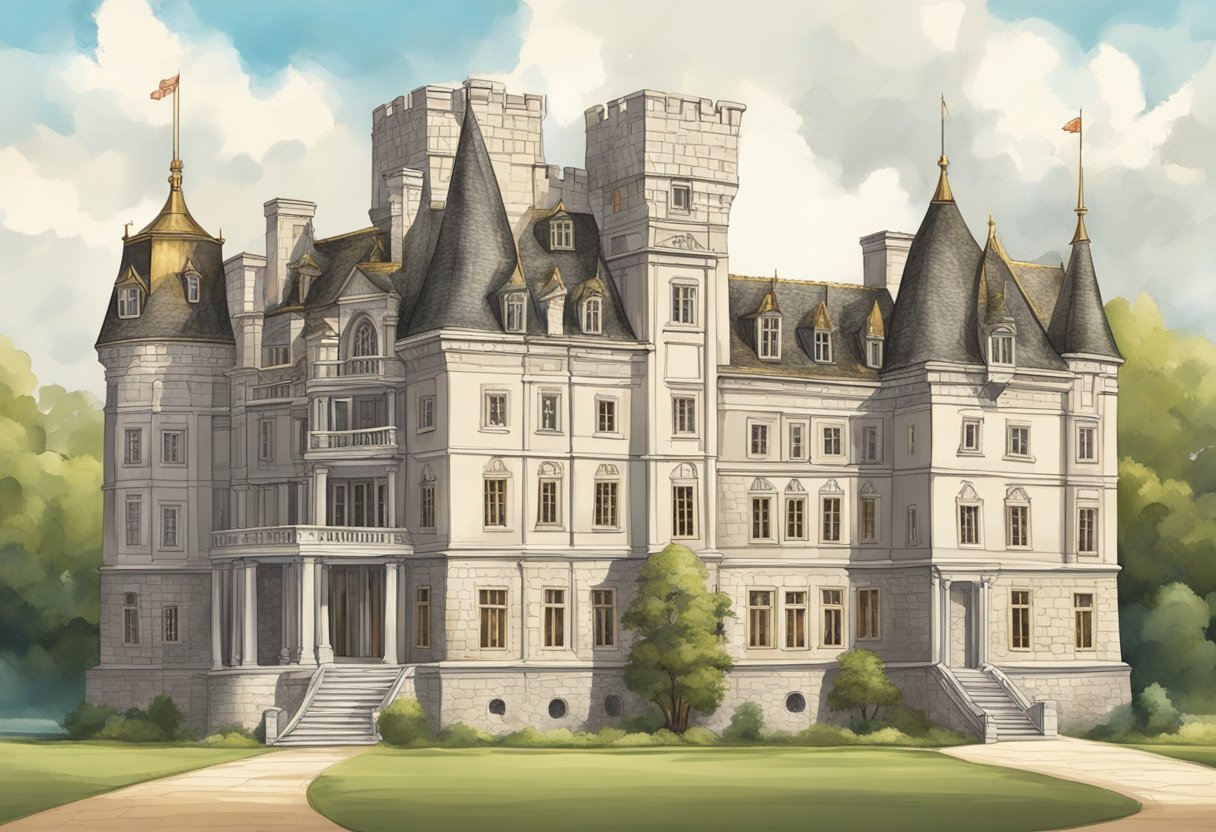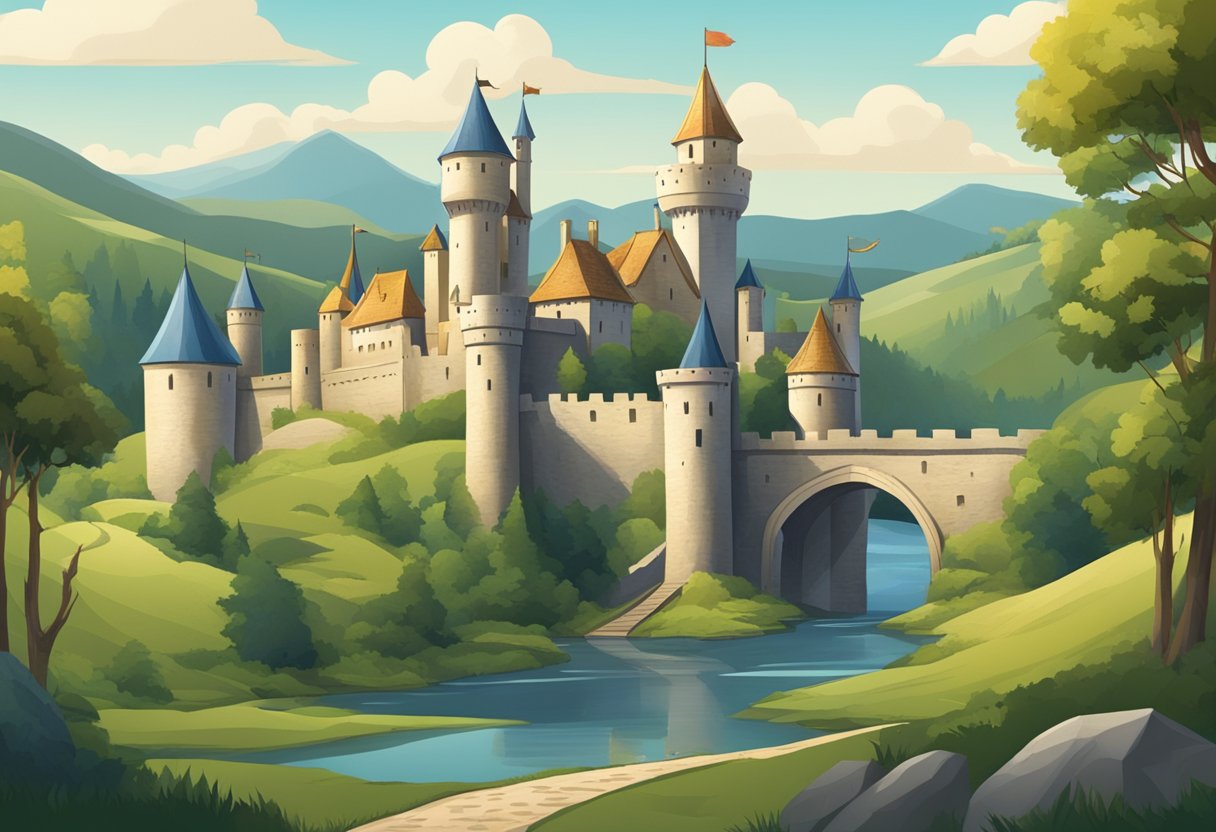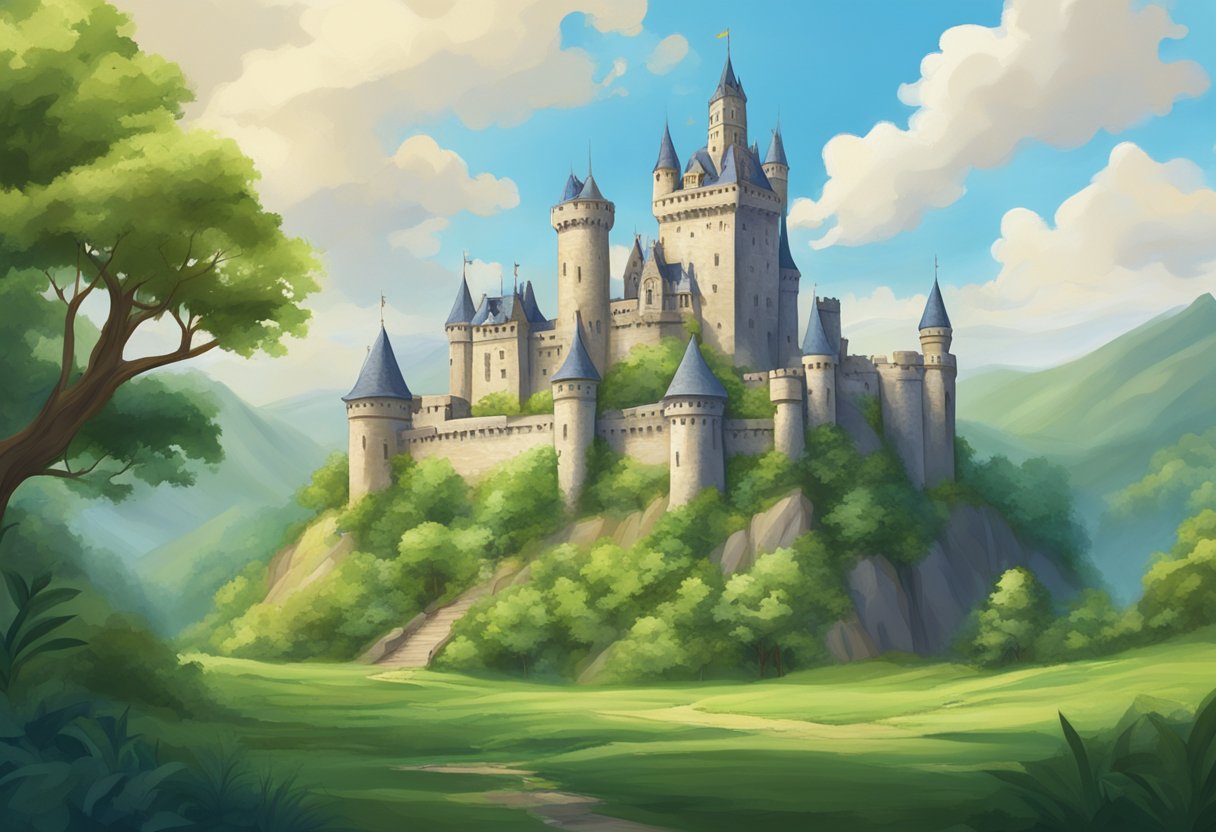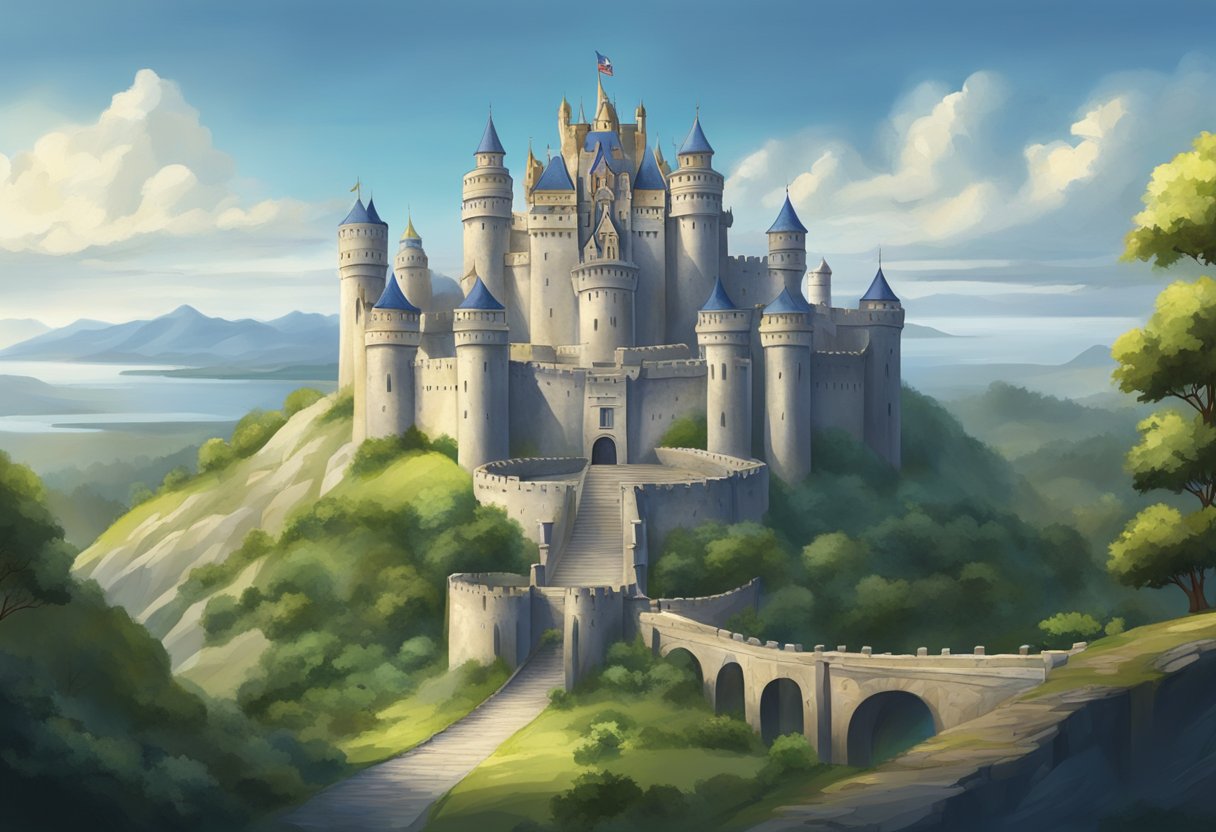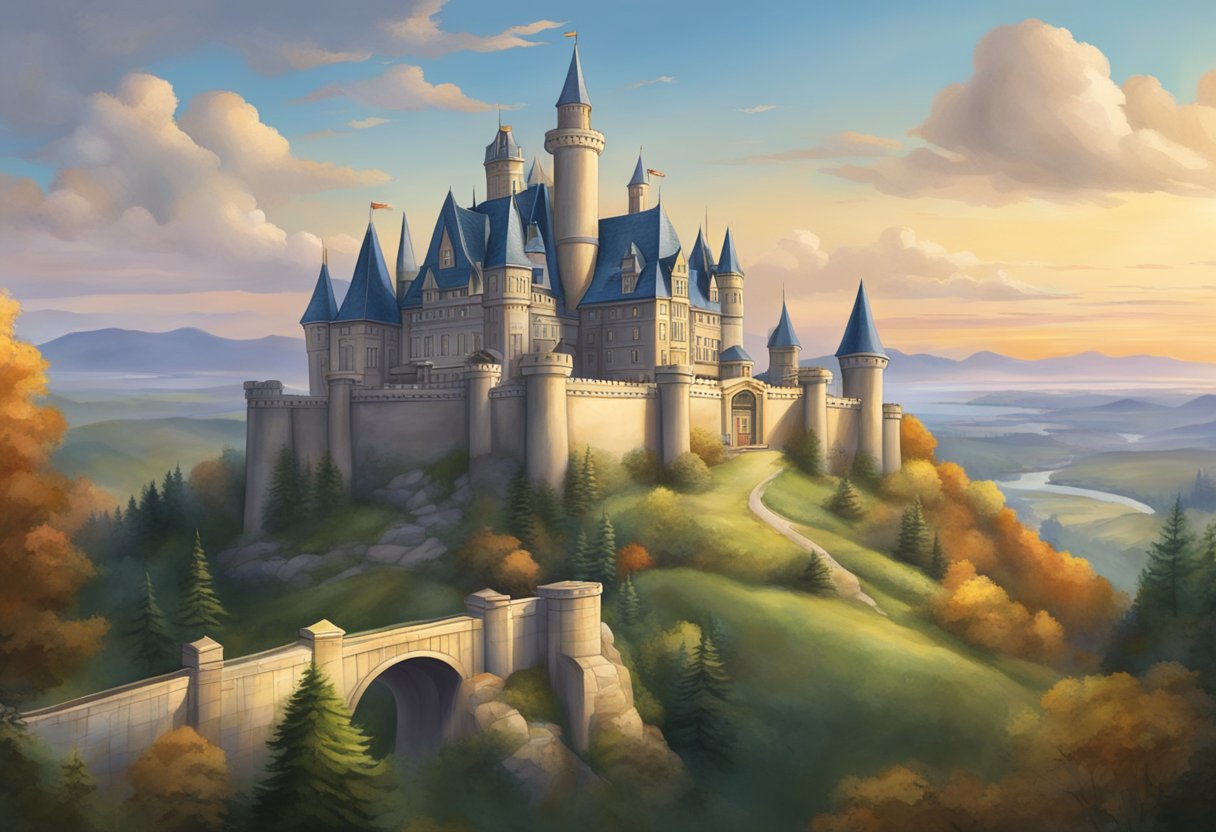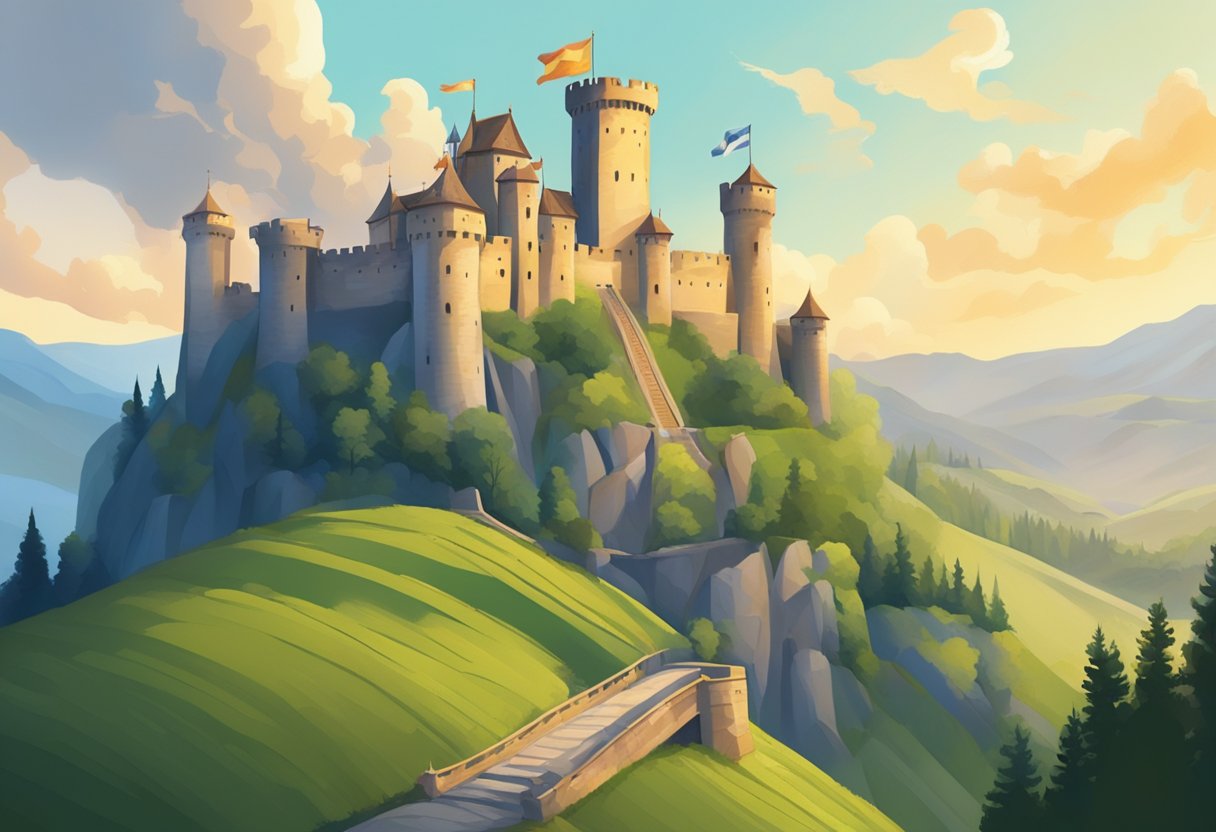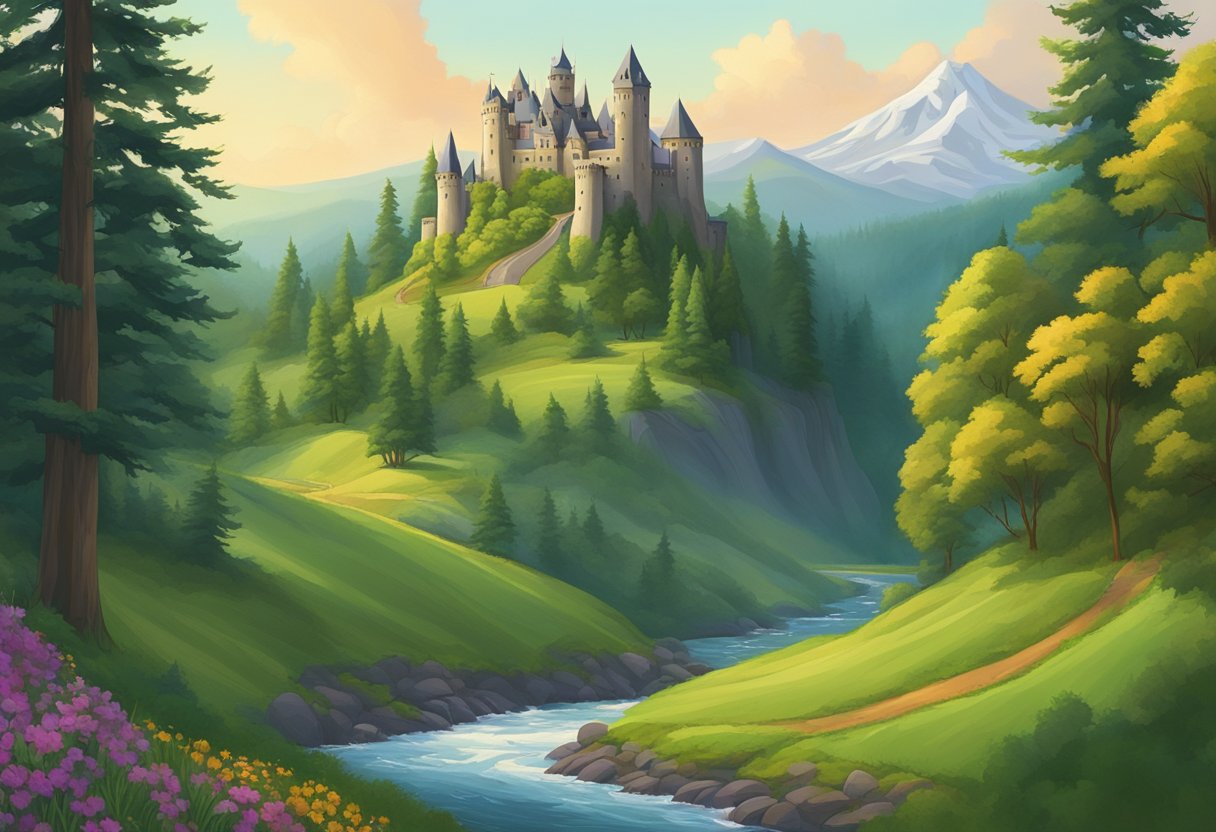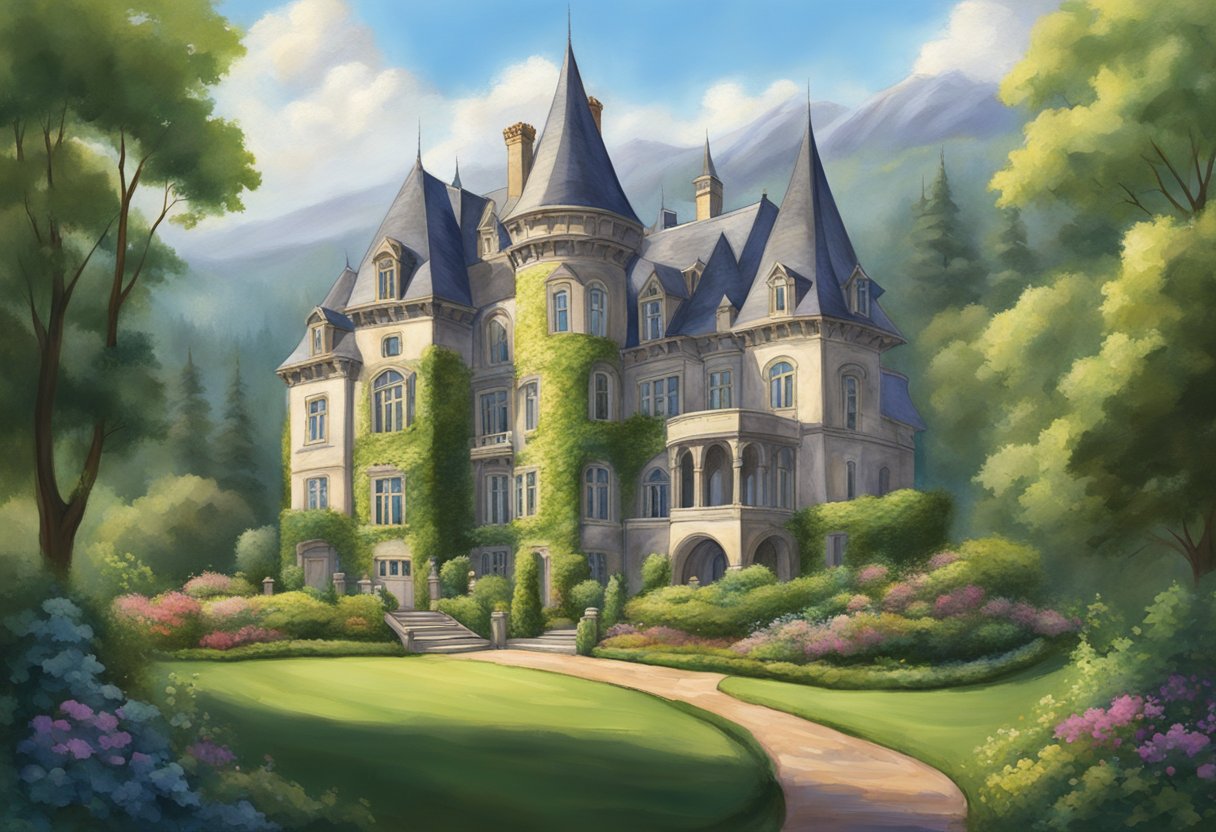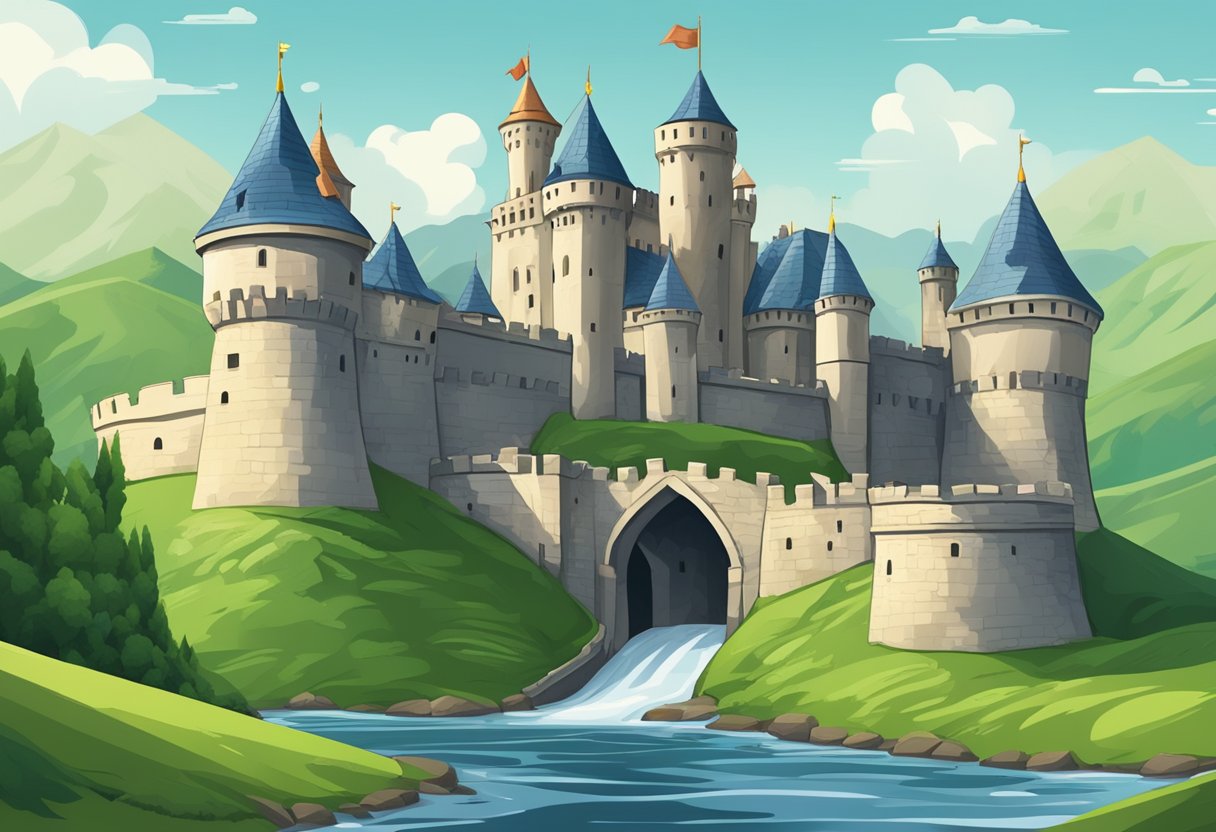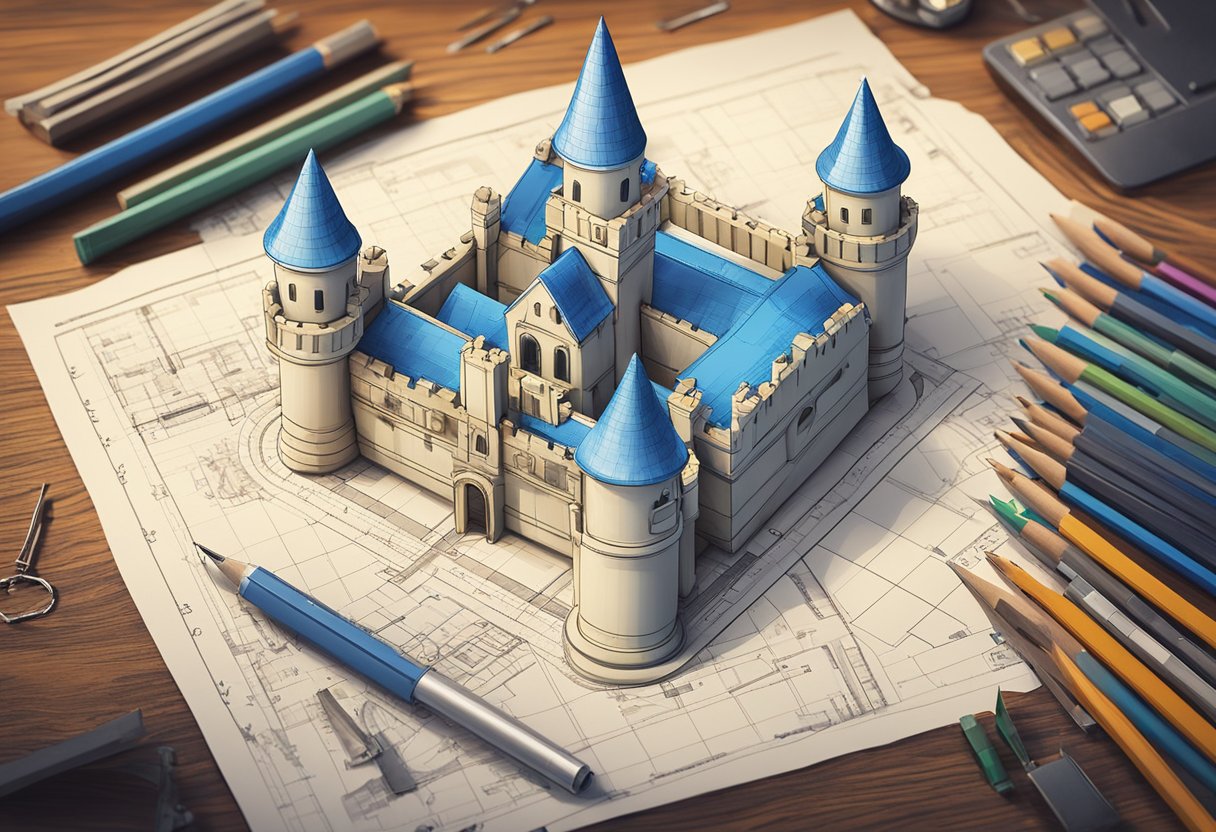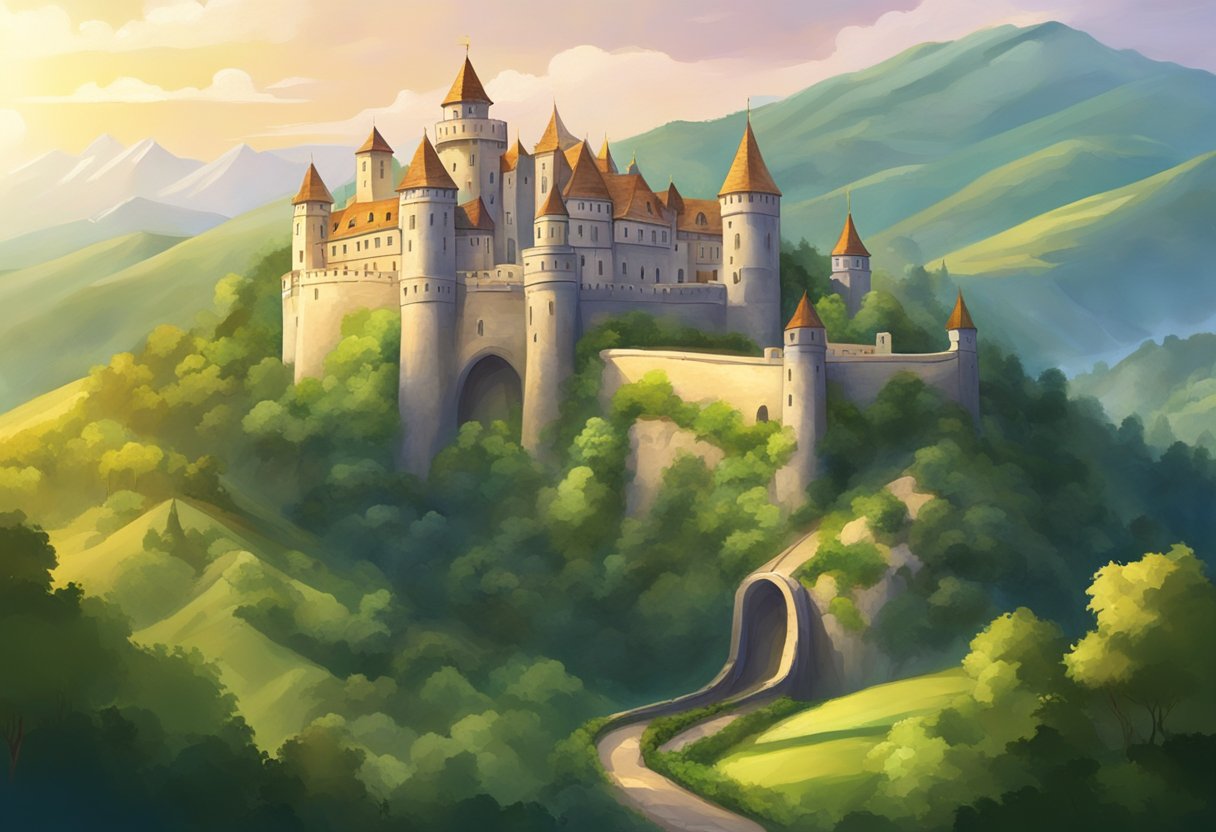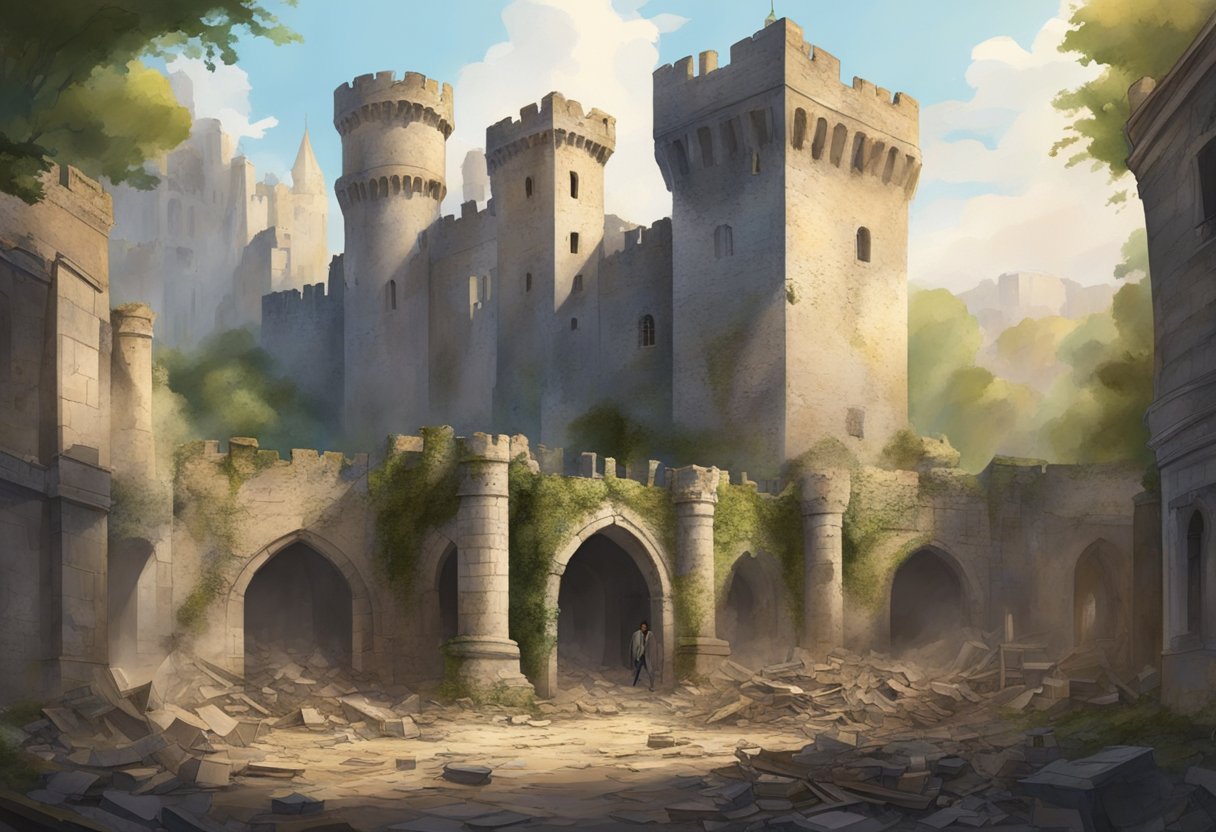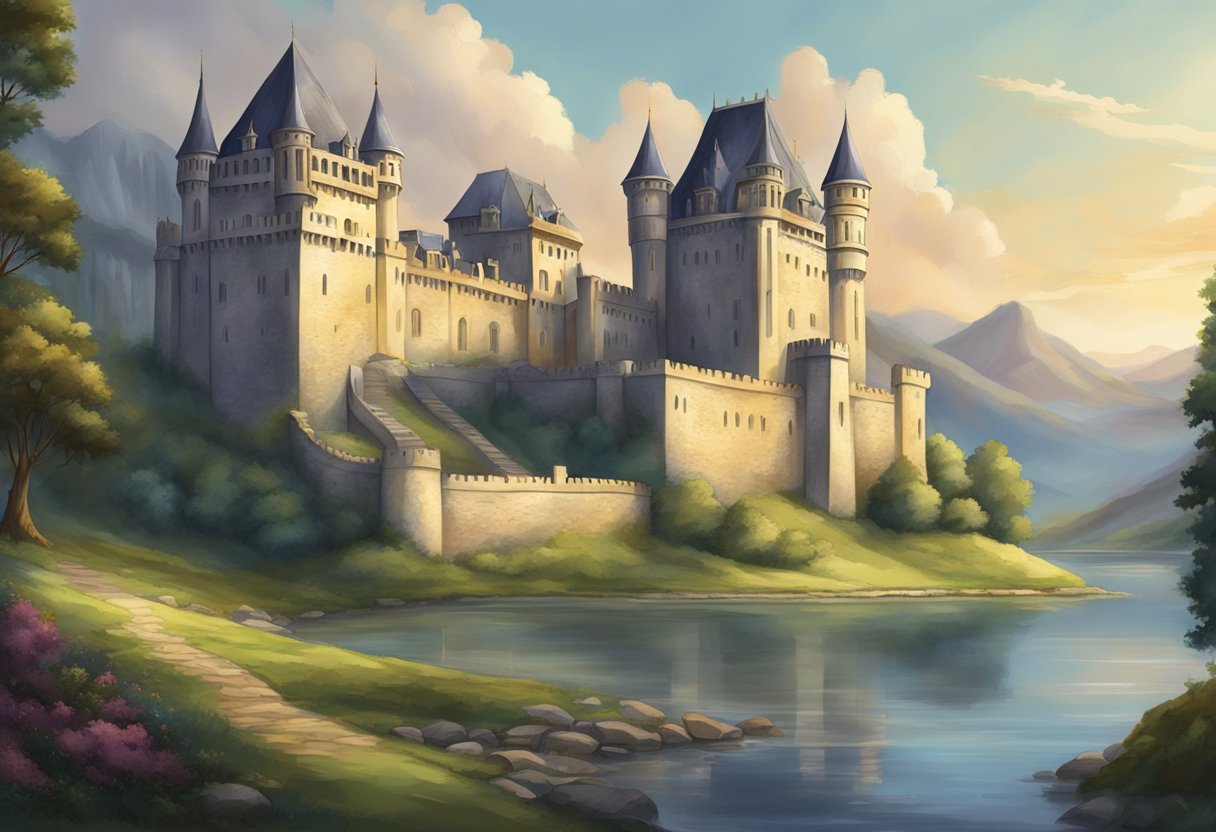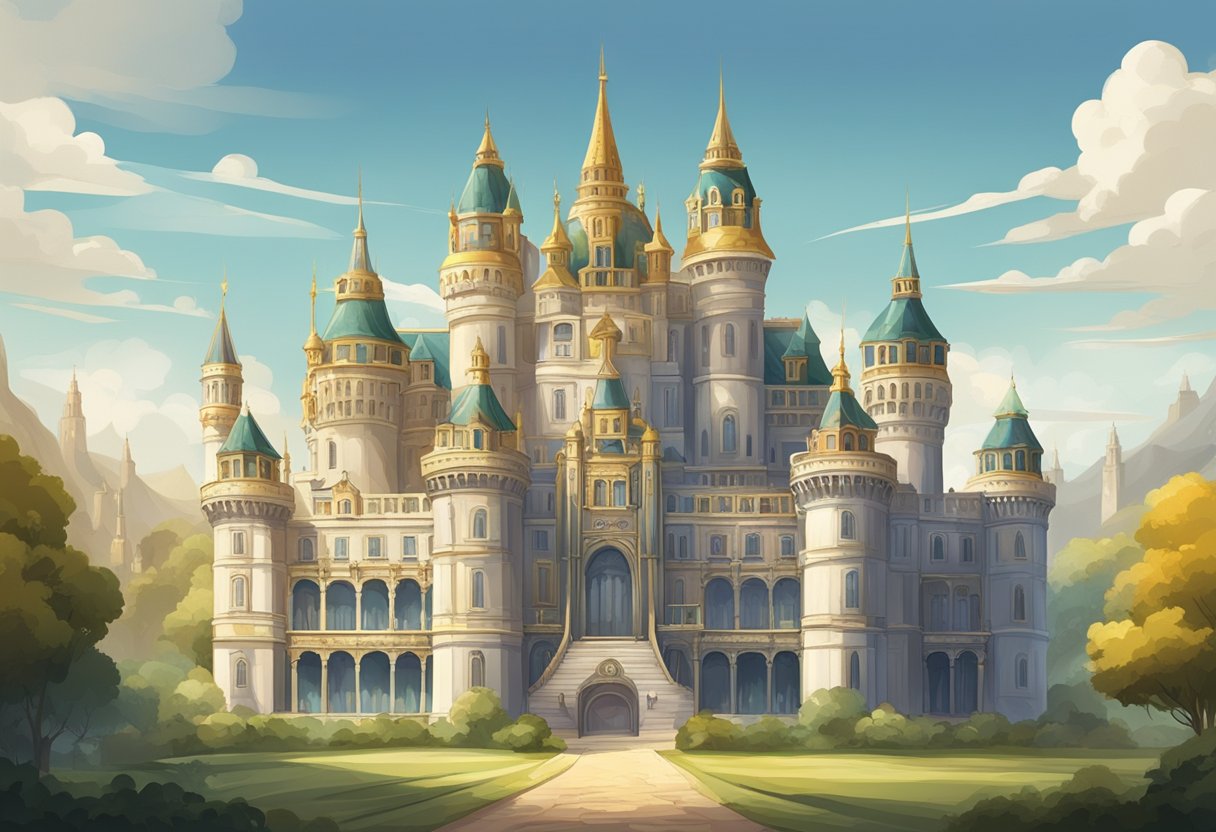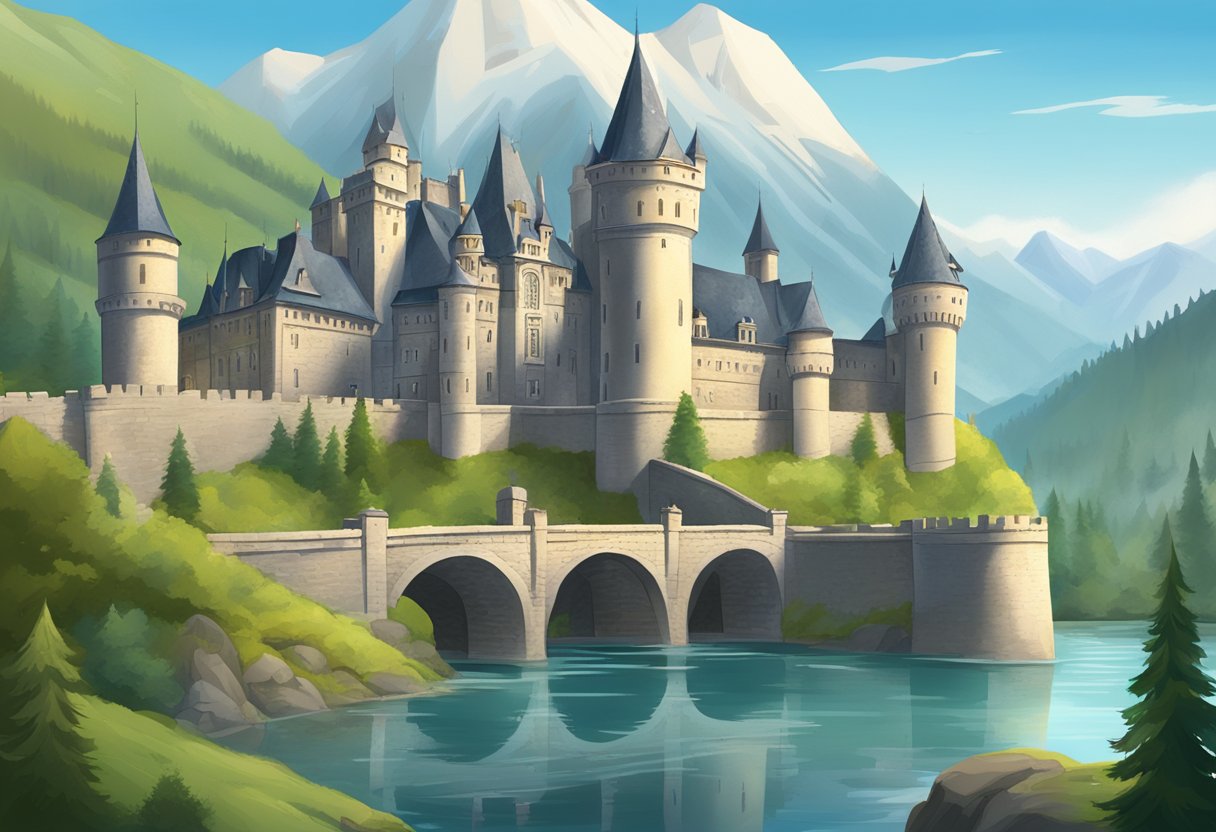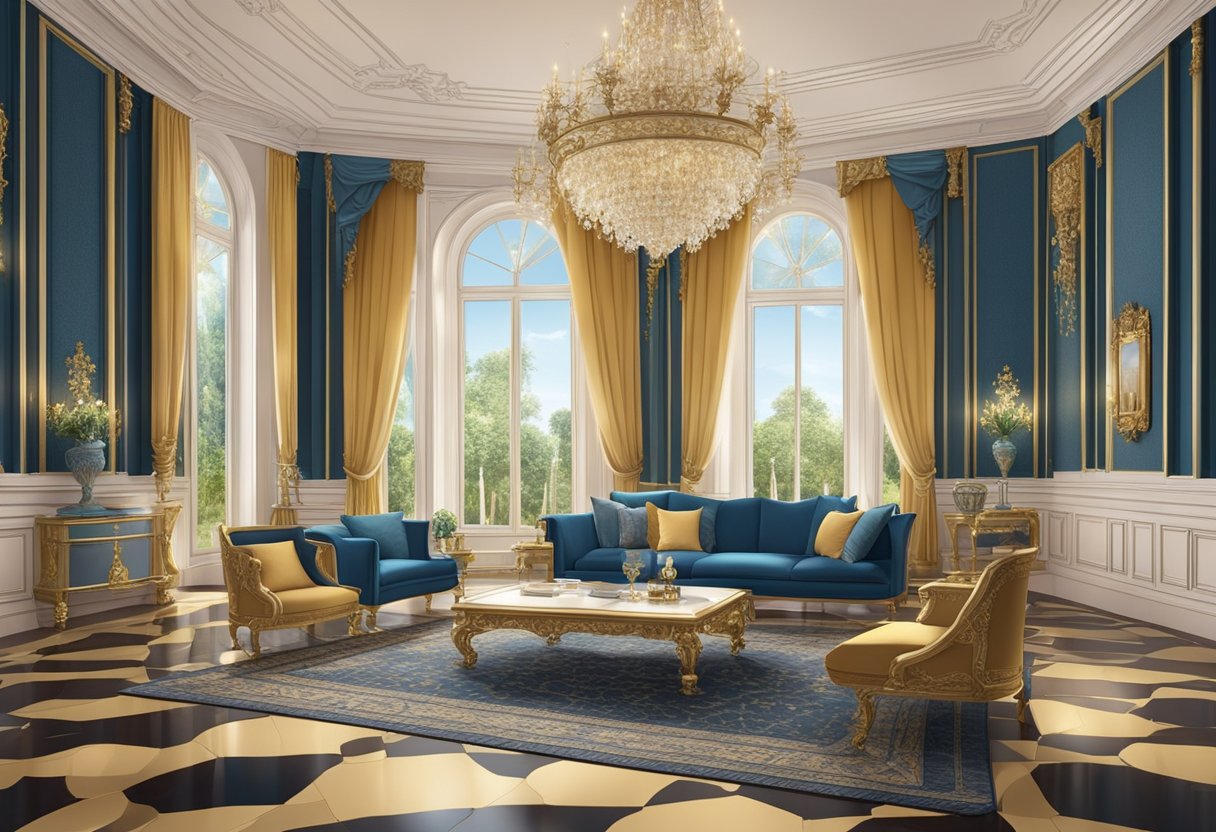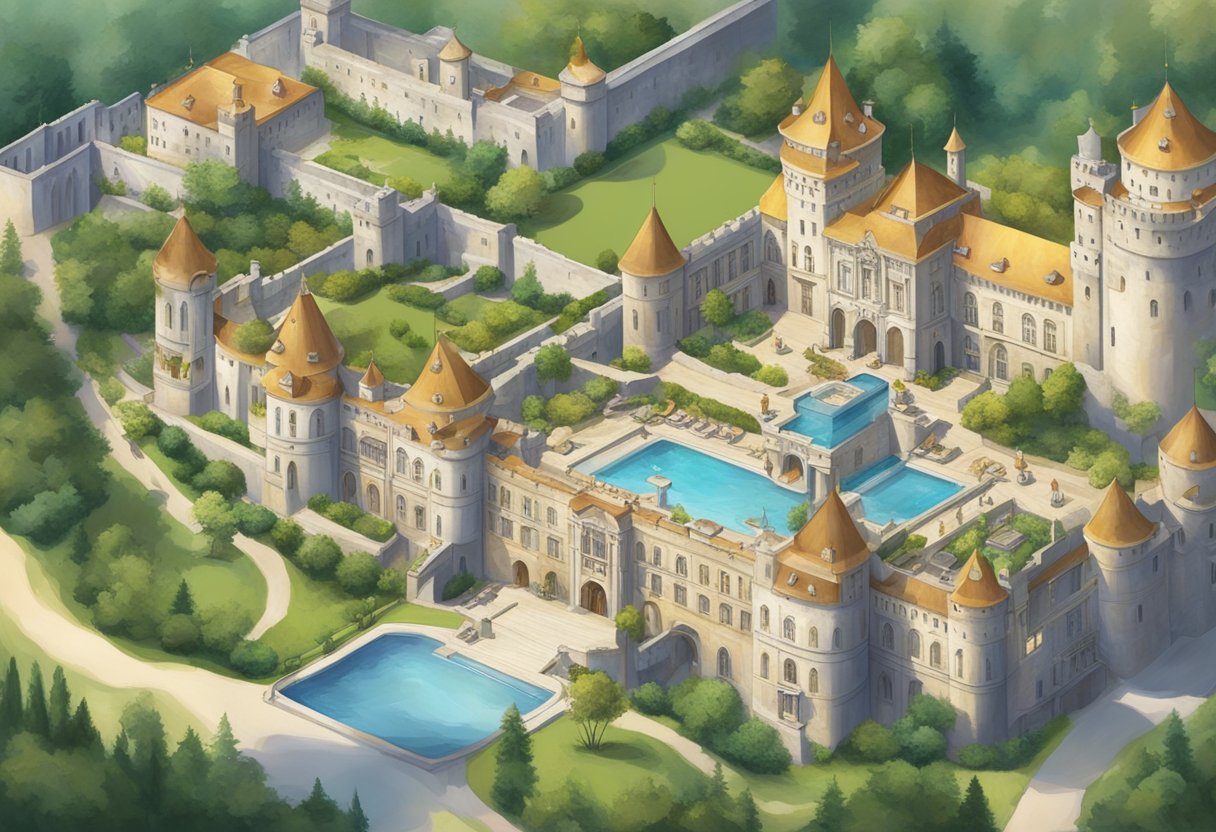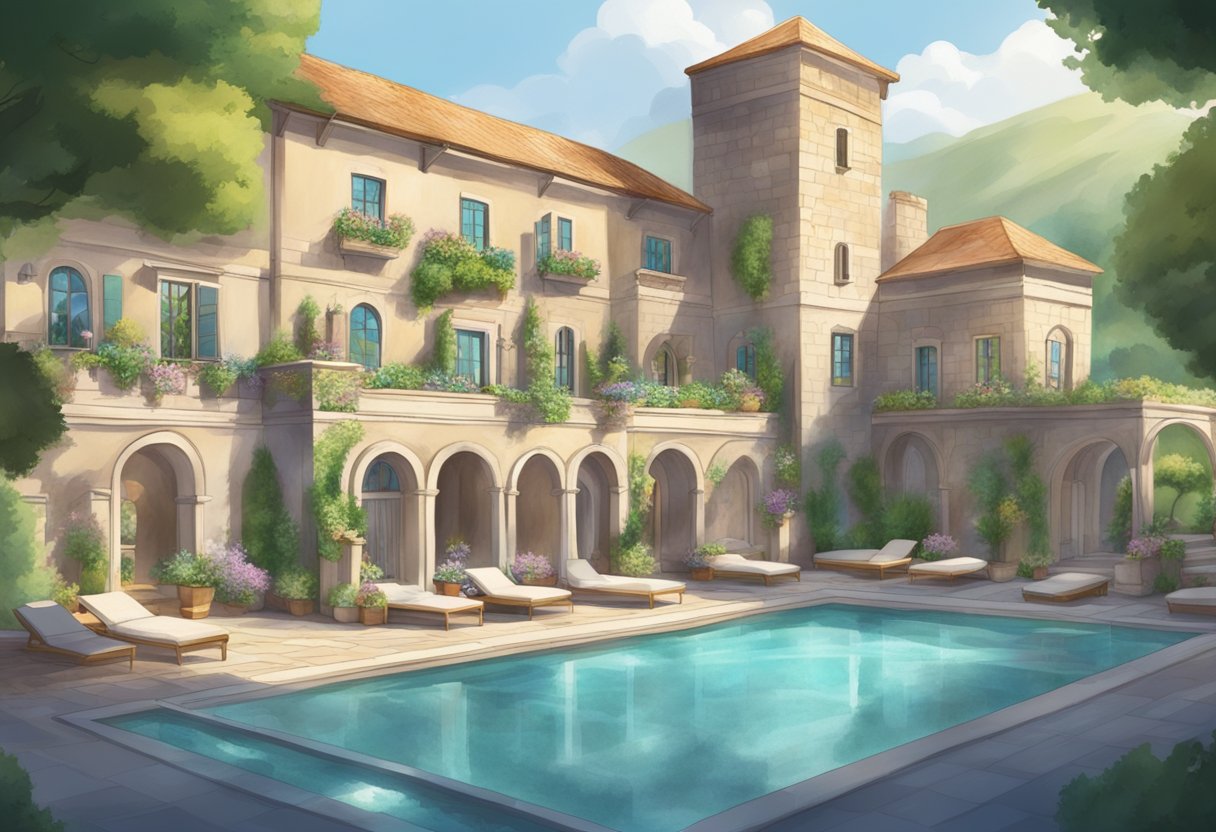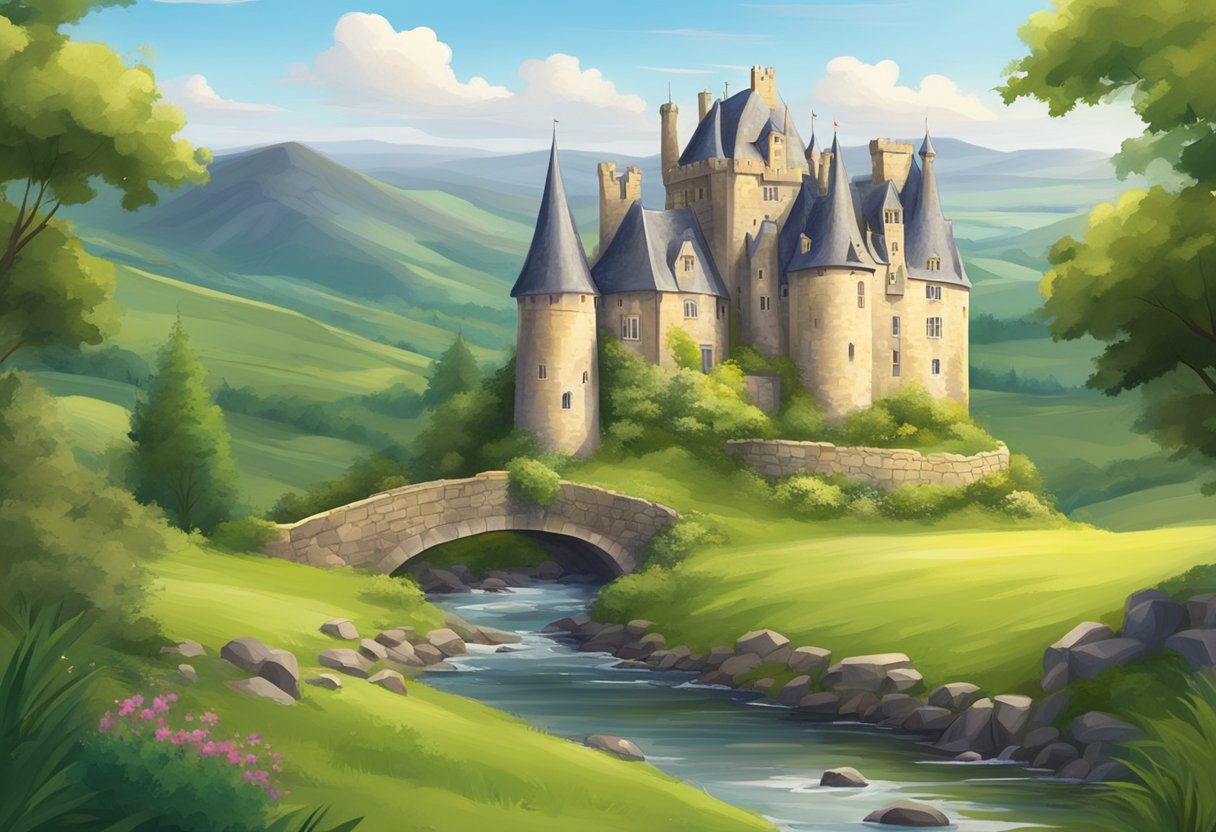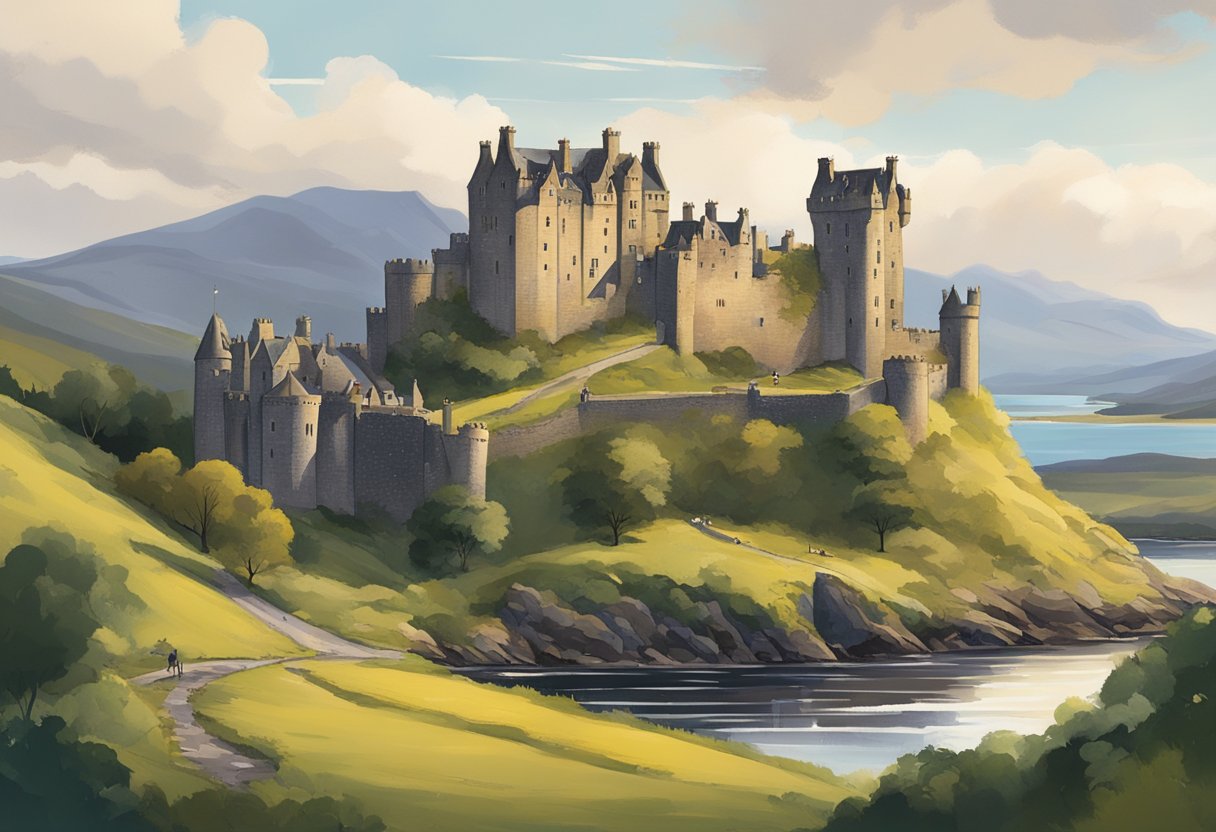Castles are often associated with fairy tales, ghost stories, and the occasional wedding venue for those who like to marry surrounded by stone walls and arrow slits. Dating back to medieval times, these formidable structures were not just the fancy houses of nobles; they served as military strongholds, symbols of power, and community centers during times of conflict. The most ancient castles whisper stories of the past, with the oldest segments of such fortifications dating back to the 10th century.
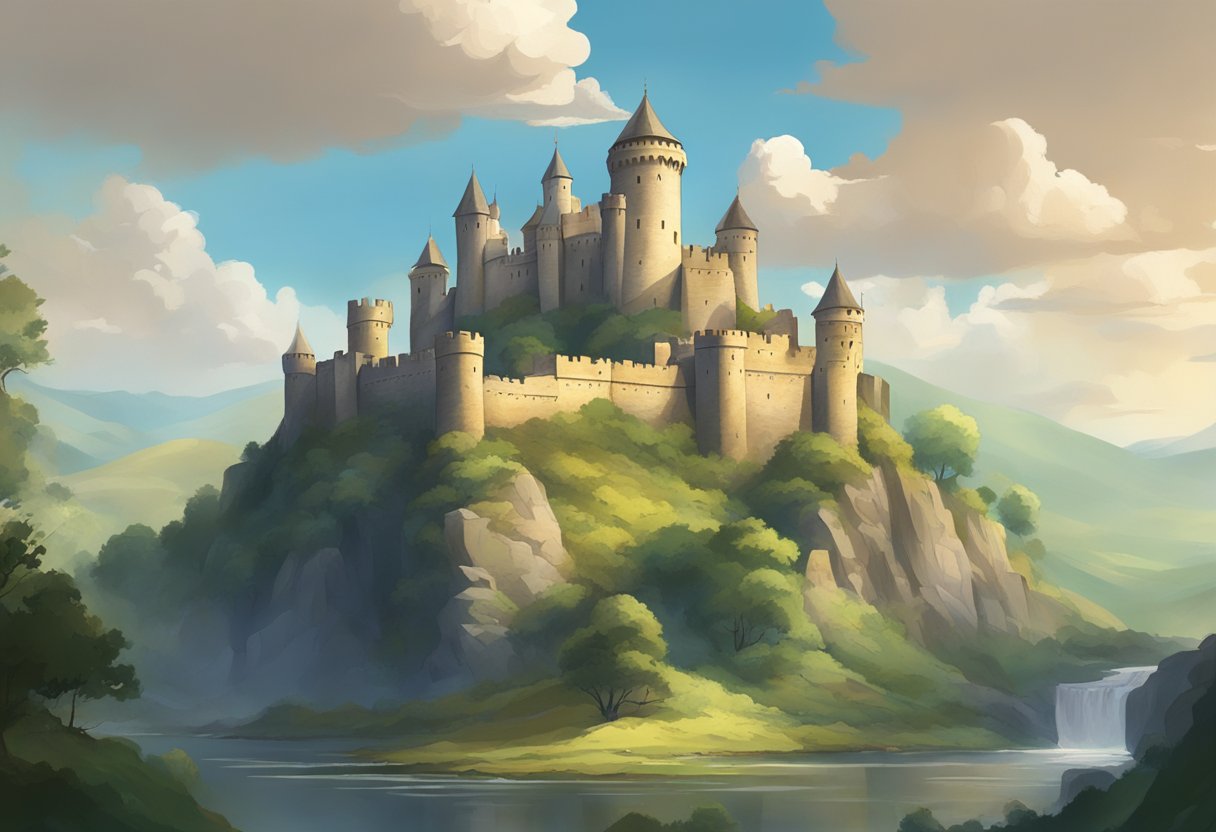
Yet, to label all castles as “old” would be to ignore the vast spectrum of history they span. Just as one might find a “vintage” t-shirt from the early 2000s in a thrift store, not all castles can claim the same level of antiquity. Understanding what qualifies as old in the context of castles can be as complex as untangling family lineages from the Middle Ages. But let’s be frank, most castles have seen more birthdays than the oldest living tortoise. Castles have evolved over centuries, transforming from practical fortresses to romantic ruins or sumptuous homes, a process akin to caterpillars turning into either moths or butterflies – both outcomes have their charm.
Key Takeaways
- Castles have a rich heritage starting in medieval times as fortified centers of power.
- Not all castles are equally aged, but the earliest ones emerged around the 10th century.
- Over the centuries, castles have transitioned from militaristic strongholds to historic residences.
Historical Roots of Castles
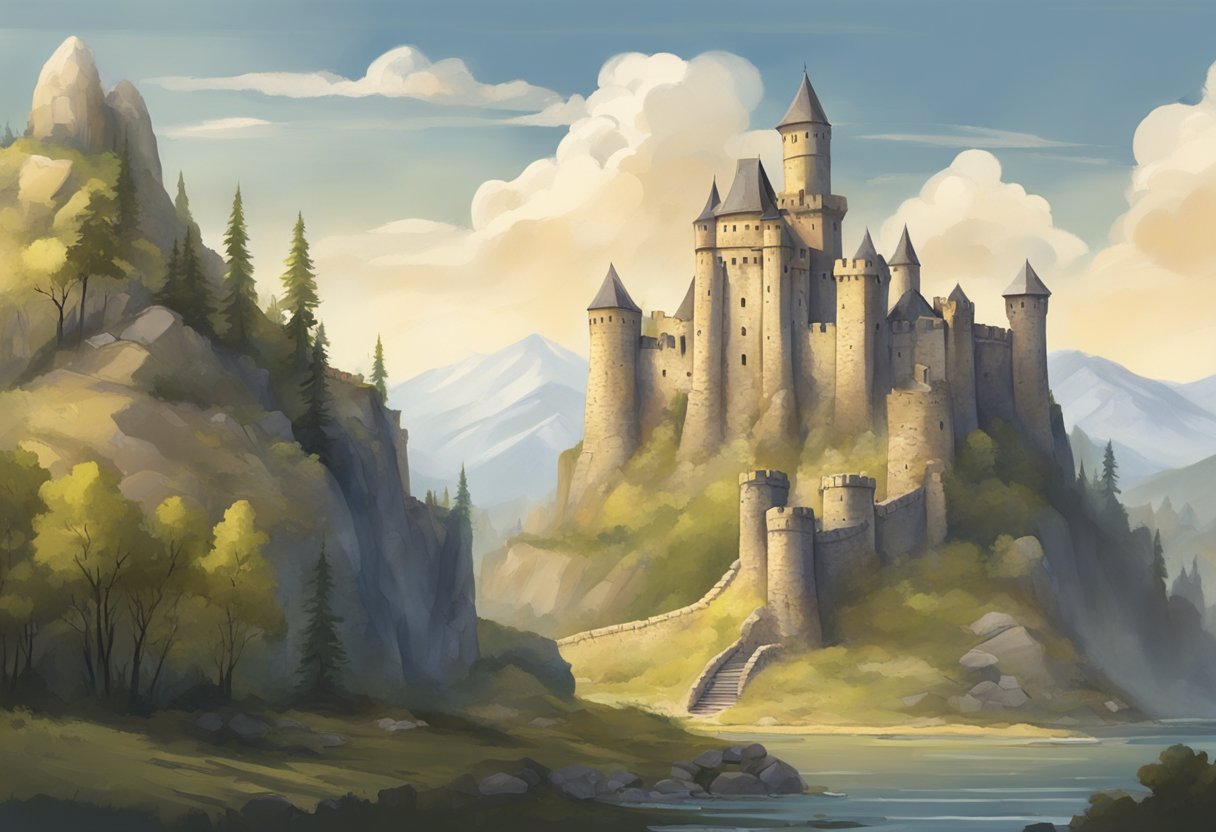
Imagine castles not as quaint B&Bs for time-traveling tourists, but as the ultimate medieval fortresses they once were. These fortified structures began humbly yet evolved into grand stone symbols of power.
Early Castle Foundations
The ancestors of the classic medieval castle were no grand palaces but rather a mish-mash of dirt mounds and wood – truly a termites’ paradise. They began popping up around the:
- 9th century: A time when a fancy pile of earthworks was all the rage for defense.
- 10th century: Timber was the go-to material, as castles started sprouting like mushrooms after rain.
These early fortresses were functional, if not particularly easy on the eye, standing as emblems of Norman ingenuity and the need for a good stronghold when the neighbors got feisty.
Evolution into Stone Fortresses
By the time William the Conqueror hit the scene, he’s all like, “Wood? Please!” and kicks off the 11th century castle makeover show.
| Century | Material Upgrade | Architectural Swag |
|---|---|---|
| 11th | Stone | Keep (Donjon) |
| 11th | Masonry | Stone Walls |
The Normans brought with them not only funky French words but also advanced masonry skills, ditching the timber for the lasting legacy of stone. These stone castles came with all the latest features: a keep (also known in Latin as a “donjon,” which sounds decidedly more posh), hefty walls, and an air of “You can’t sit with us” to any would-be attackers. They were the medieval McMansions, if you will, boasting the fanciest keeps and the biggest banquet halls this side of the Dark Ages.
Prime Time of Mighty Strongholds
https://www.youtube.com/watch?v=TNkBuLNUSt0&embed=true
Castles reached the height of their splendor from the Middle Ages through the Renaissance period. With advancements in military architecture and the growing significance as symbols of power, these structures were both formidable defensive systems and grandiose homes of the elite.
Military Architecture and Defense
During the Middle Ages, specifically in the 14th and 15th centuries, castles weren’t just pretty postcards; they were the ultimate “don’t mess with me” statement. The art of castle building evolved significantly in response to the advent of artillery, which threw a rather lethal curveball into previously impenetrable defenses.
- Towers: Can’t overlook these bad boys. Round to minimize blind spots and high for archers to do their thing.
- Fortifications: Seriously upgraded walls—thicker, taller, crenellated. It’s like the luxury spa of defense features.
- Bailey: The castle’s front yard, but with more soldiers and less lawn flamingos.
- Moat: Not just watery decor; it was like a “No Trespassing” sign, but wetter and with potentially nibbly fish.
- Barbican: A fancy front gate that says, “Welcome! Now please leave.”
- Machicolations: Murder holes, but for politely raining rocks and boiling substances on attackers.
- Garrison: Castles had resident soldiers before it was cool and way before the invention of barracks hipsters.
Castles as Symbolic Powerhouses
In addition to their military might, castles were the medieval equivalent of bling—they flaunted the wealth and power of royalty and nobility. Chuck in a moat here, a tower there, and voilà, you’ve got yourself a status symbol solidified in stone.
- Citadel: Where the VIPs hung out during sieges, kind of like the VIP section in a club, but with less velvet rope and more strategic vantage points.
- Symbols of Power: They were the show-off billboards of the Middle Ages. Castles let peasants know exactly who was boss without the need for a neon sign.
- Castles: Homes, fortresses, treasure keepers, party venues. Basically the Swiss Army knife of medieval real estate.
- Machicolations: It says, “My castle has fancy stonework where soldiers can drop unpleasant surprises on your head.”
- Garrison: A castle’s in-house team of bouncers to keep the riffraff out.
- Nobility: Castles were like the LinkedIn profile pic for nobles, something to make the neighbors go, “Wow, they’ve really got it together.”
In a world where might was right, and your neighbor’s catapult was always cocked and loaded, castles made a pretty heavy-duty statement: “This is my land, my power, my giant stone pile of awesomeness. Tread carefully, or beware the moat-dwelling ducks.”
Castles Sprouting Across Europe
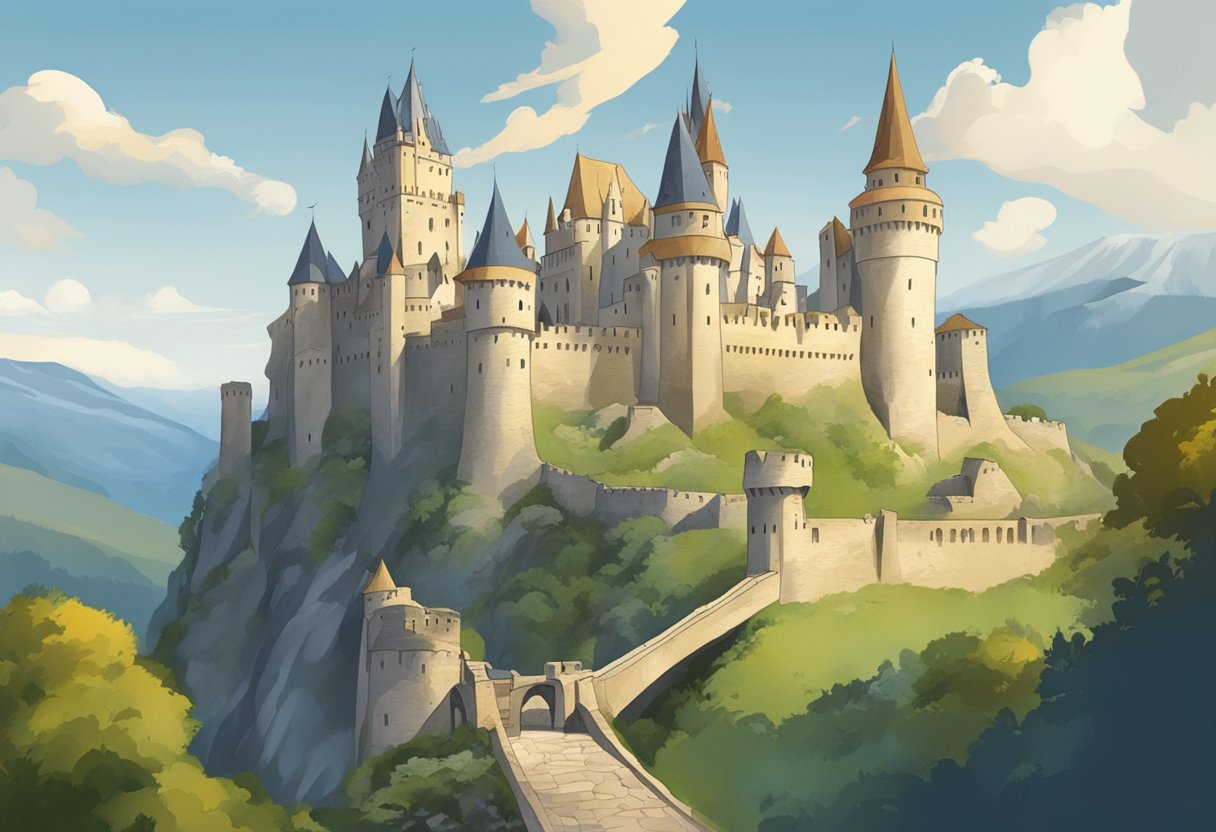
Europe’s landscape bears the marks of history, dotted with castles from the foggy northern highlands to the sun-soaked southern climes. These fortresses, once the residences of royals and the seats of power, stand as a testament to the continent’s turbulent and regal past.
French Elegance and Military Might
Once upon a time in France, the château was the thing. It wasn’t just a fancy house, but a statement of power and elegance that often served as a side hustle in military defense. Here’s a quick peek at how France rolled out the royal carpet:
- Château de Versailles: Opulence turned up to eleven.
- Château de Chambord: Refined, like the king’s wine collection.
- Carcassonne: Less château, more impenetrable fortress worthy of a knight-in-shining-armor emoji.
English Castles and Royal Dwellings
England’s rolling hills and dramatic dales got the real estate upgrade with castles that scream “long live the queen” and also “please don’t invade us.” The English were busy bees, building their nests high and wide:
- Warwick Castle: Where jousting was the medieval version of a competitive sport.
- Tower of London: Less tower, more urban complex with ominous overtones.
- Windsor Castle: If walls could talk, they’d tell centuries of royal gossip.
Castles across Europe were more than just massive stone selfies for the monarchy. They served as strongholds, strategic outposts, and even administrative offices—with a side business in moat construction and arrow supplies. It was the original work-from-home gig in some seriously stylish digs. From the Reichsburg Cochem holding the fort in Germany to Rochester Castle serving as one of England’s oldest tour stops, they’ve got stories that would liven up any history textbook.
From Strongholds to Stately Homes
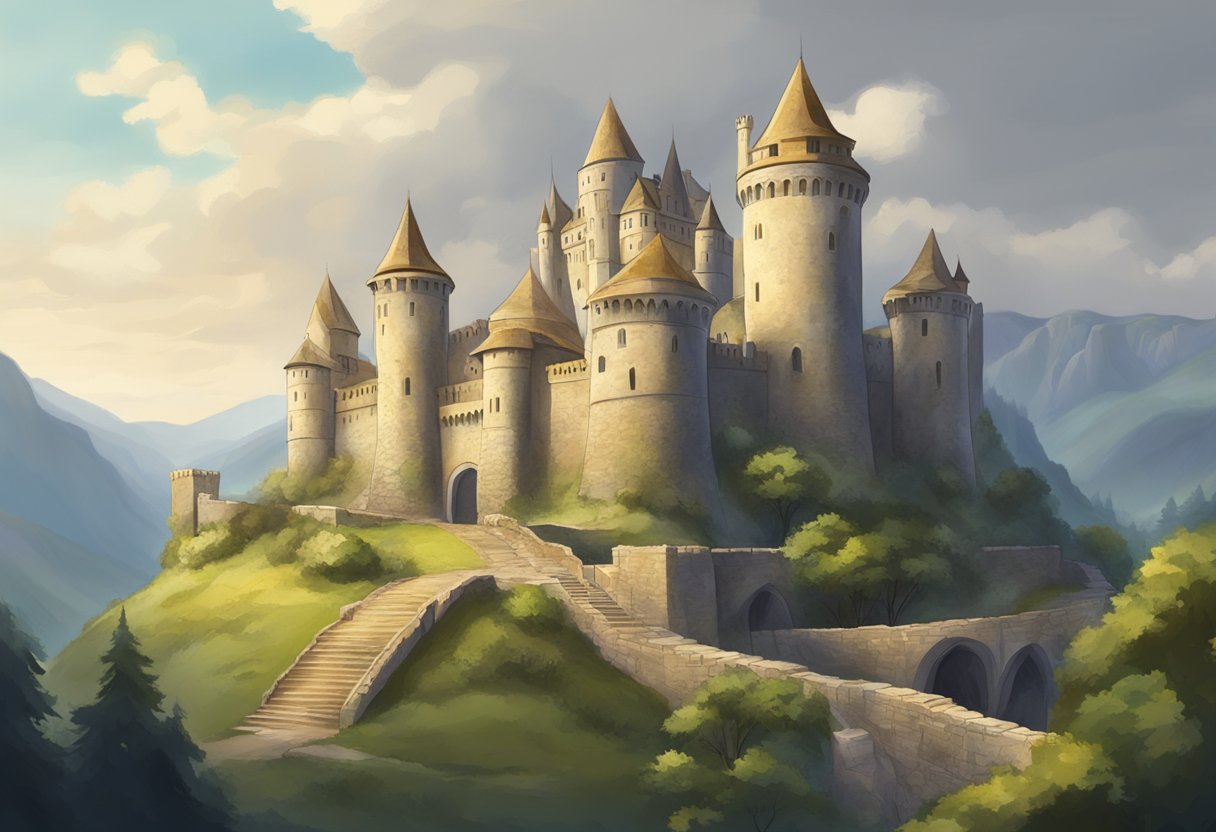
Historically, castles were built for defense and power, but as Europe moved toward more peaceful times, many were converted into luxurious country houses and estates.
Transition to Peaceful Estates
In the 19th century, the need for castles as military strongholds waned, and society’s elite saw the potential in these grand structures. They transformed them into accommodations fit for lavish parties and grand balls. Estates redesigned to entertain, such as Killyleagh Castle, a striking edifice in Ireland, became the backdrop for elite social gatherings. Similarly, English manor houses and French châteaux shifted from centers of defense to symbols of opulence and art.
- Hohensalzburg Castle was once a medieval bastion, but it now hosts musical performances in its once formidable halls.
- Palaces weren’t left behind either; they adapted to the times, serving as residences and grand country houses.
Castles evolved from locales of conflict to mesmerizing homes, echoing the tranquil times.
Preservation and Tourism Today
In the 20th century and beyond, heritage conservation became a priority. Many former strongholds turned into:
- Tourist attractions: Offering guided tours, showcasing historic knights’ armor or Victorian-era decor.
- Accommodations: Some, like English country houses, welcoming guests to stay the night and experience the castle life.
- UNESCO World Heritage Sites: Legacies preserved for their cultural significance and architectural grandeur.
| Castle-Related Transformation | Purpose Today |
|---|---|
| Manor House | Event venue, tourist site |
| Mansion | Museum, luxury hotel |
| Villa | Private rental, historical site |
They serve as a bridge connecting the past with present-day curiosity and appreciation for history.

